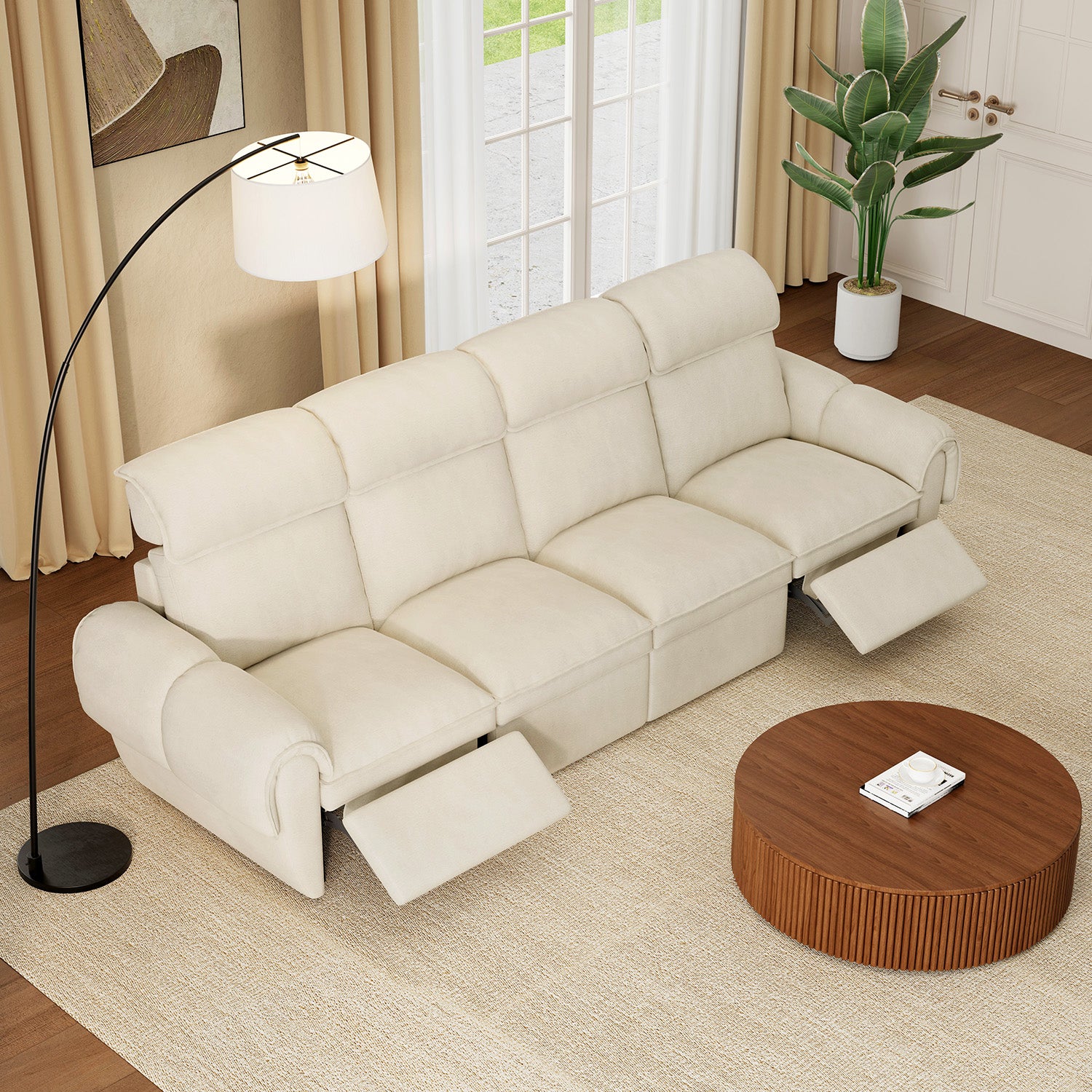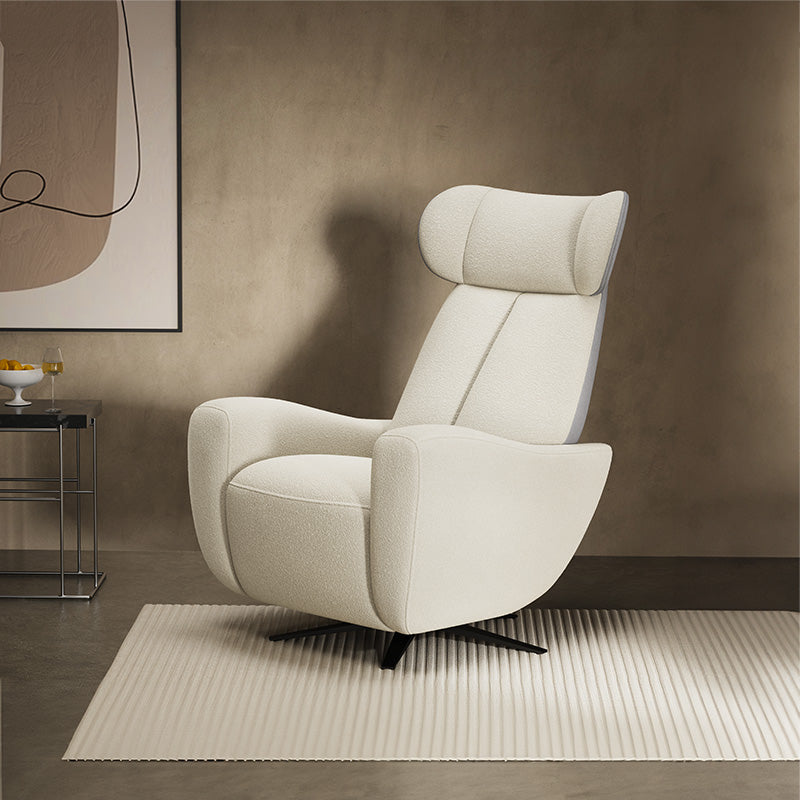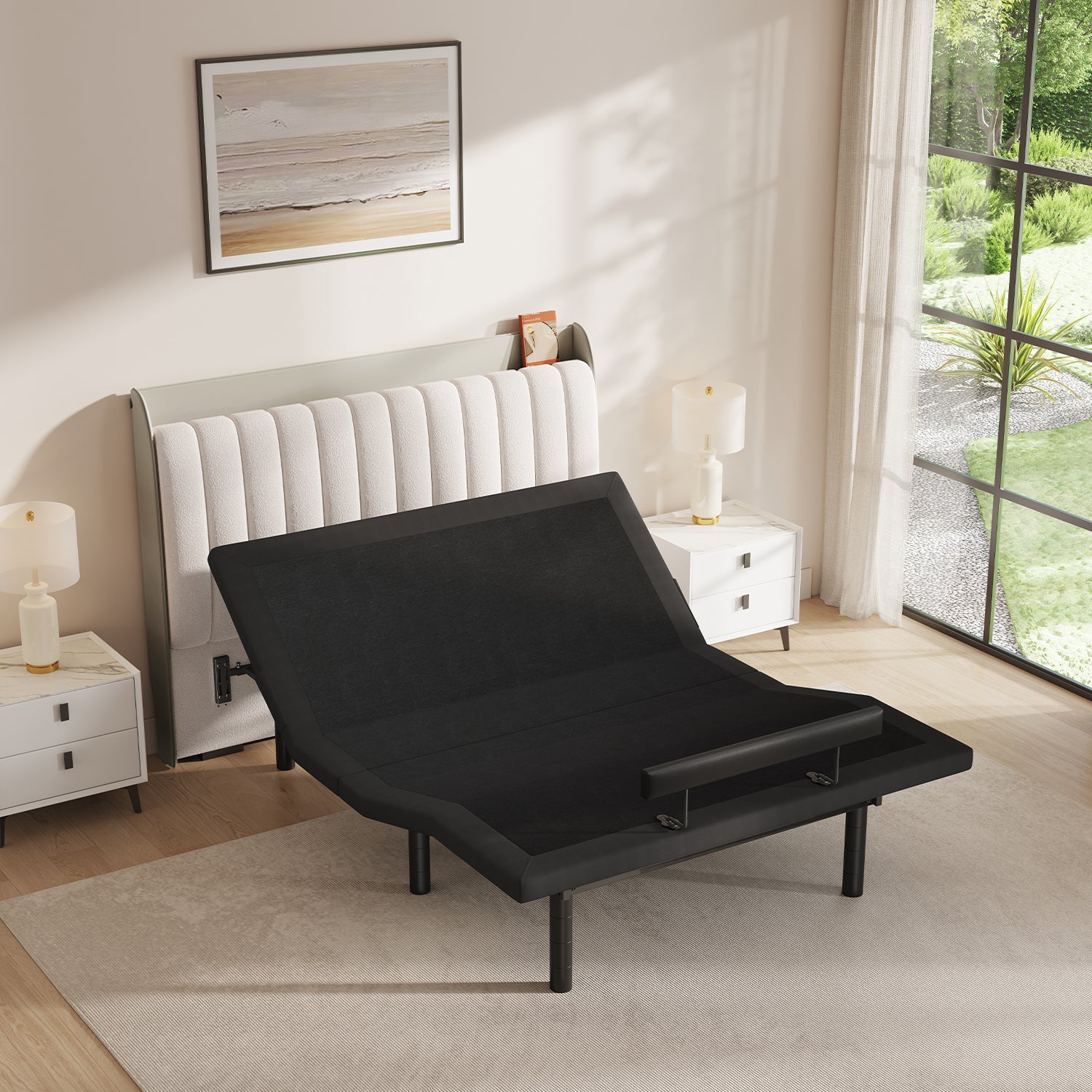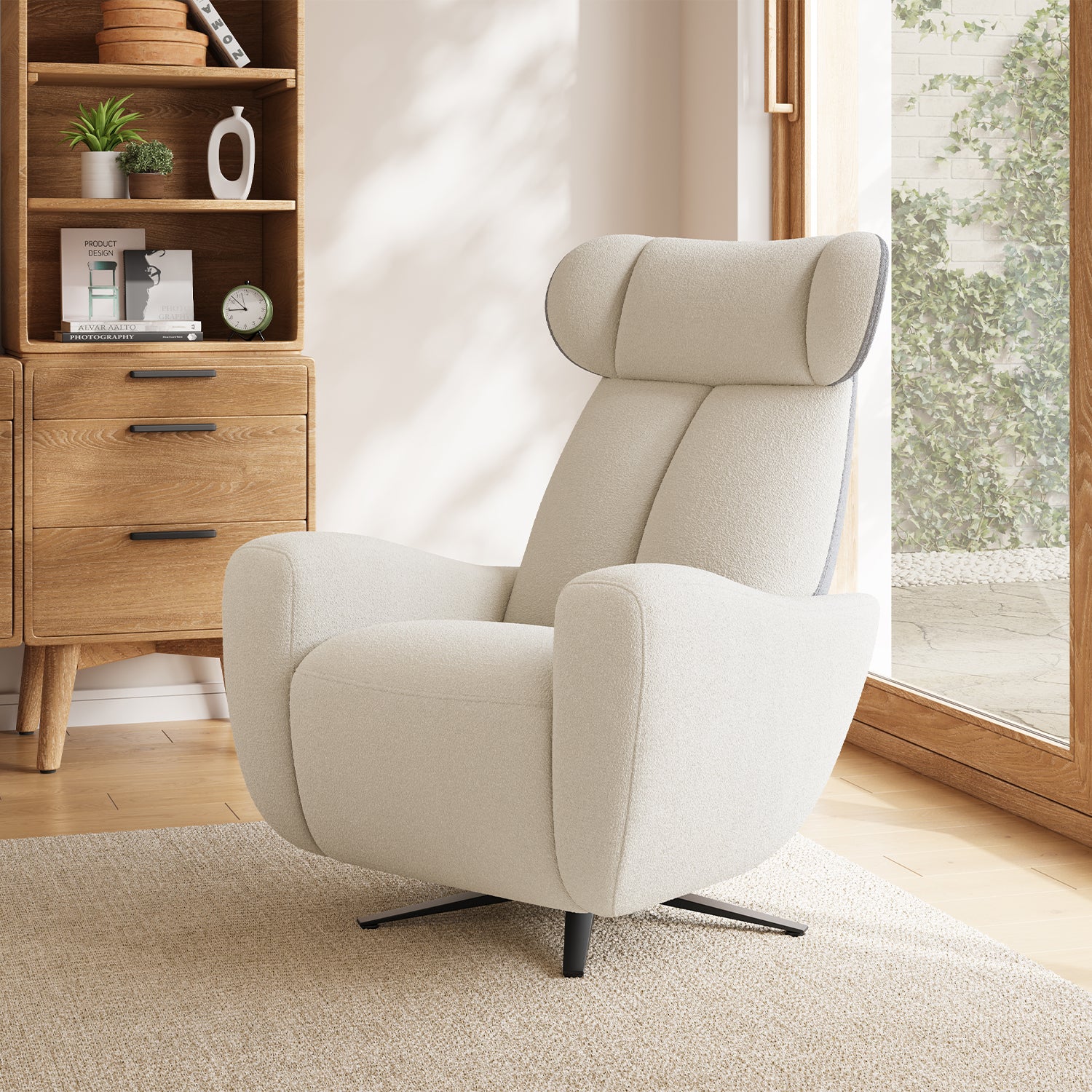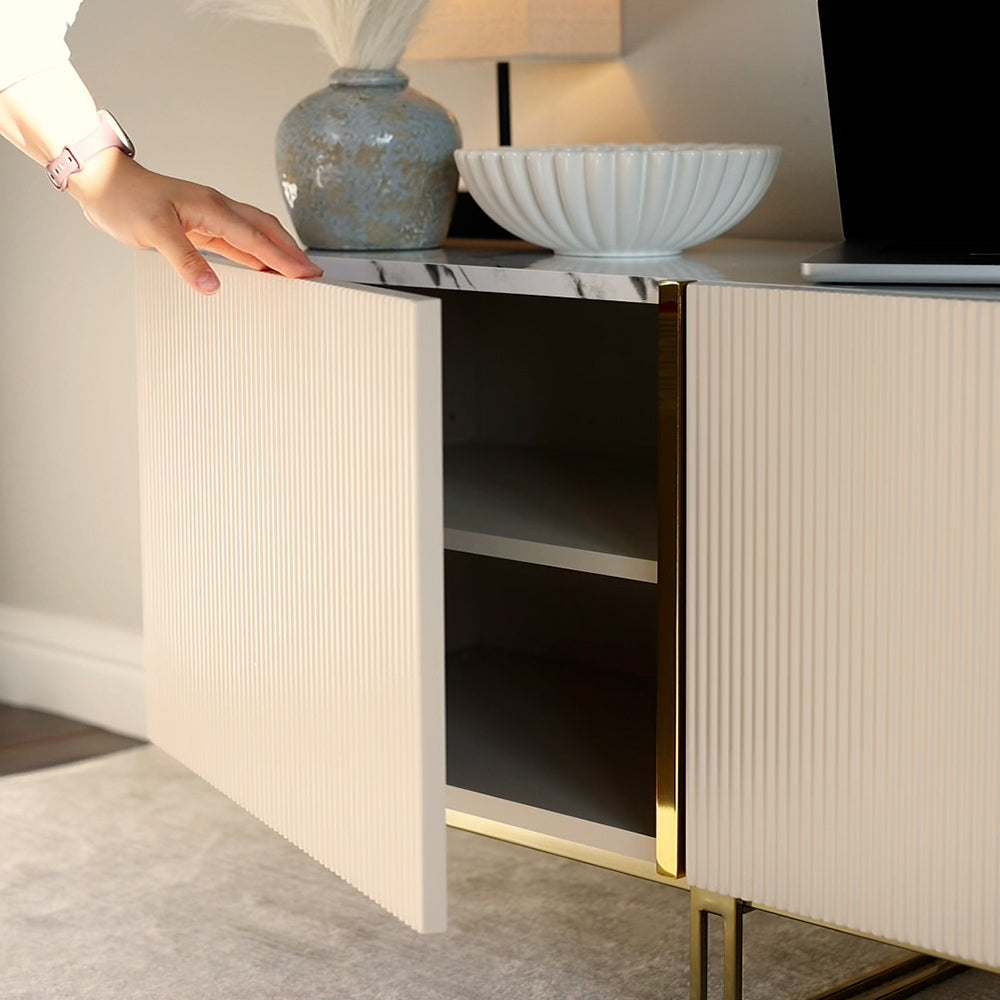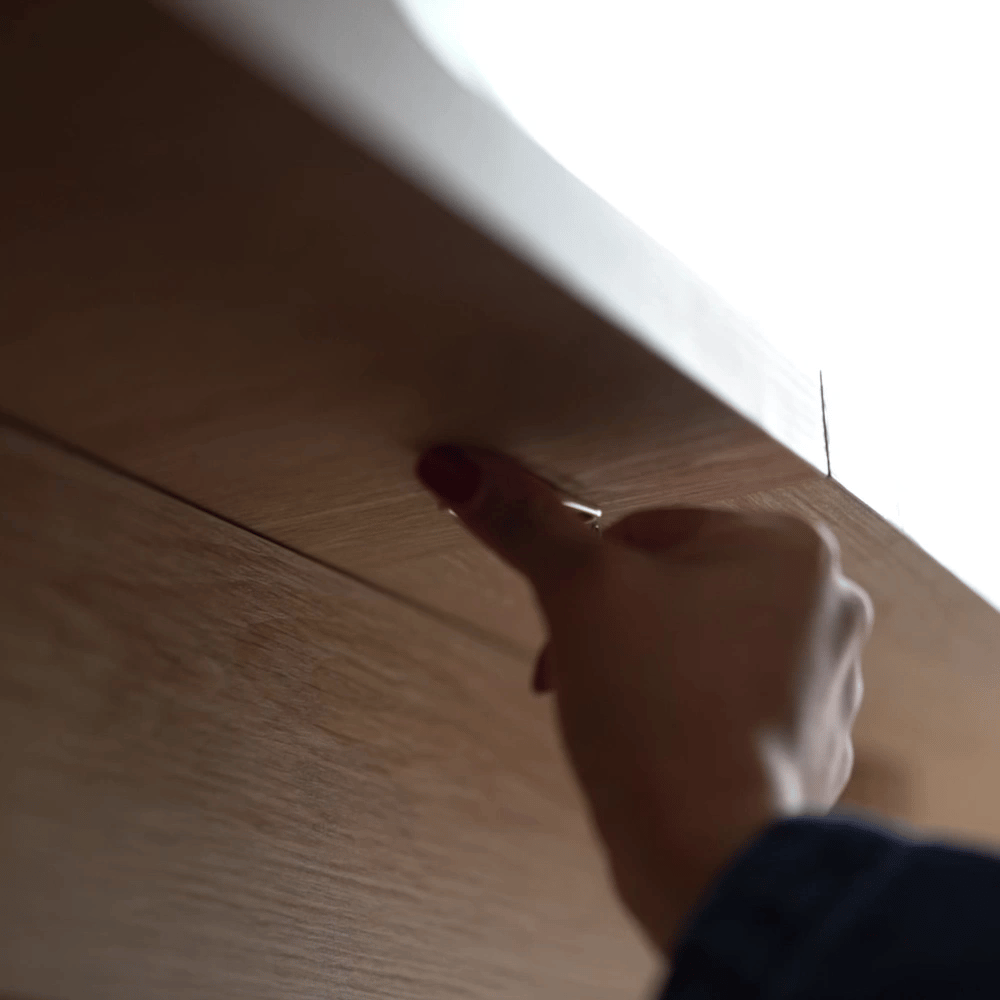Scotchgard is a well-known brand of fabric protector that helps shield upholstery from stains and spills. Many homeowners opt for Scotchgard to maintain the appearance and longevity of their furniture, especially sofas. Understanding how long Scotchgard lasts on a sofa is essential for effective maintenance and care. This article will explore the duration of Scotchgard’s effectiveness, factors influencing its longevity, and tips for reapplication.
Table of Content
The Longevity of Scotchgard
Generally, Scotchgard can last anywhere from six months to a year, depending on various factors such as the type of fabric, the amount of use the sofa receives, and the specific Scotchgard product used. After this period, the protective qualities may diminish, making it necessary to reapply the treatment to maintain optimal protection.

Key Factors Influencing Longevity
1. Type of Fabric:
Different fabrics have varying levels of absorbency and wear resistance. For example, synthetic fabrics like polyester often retain the protective qualities of Scotchgard longer than natural fibers such as cotton or linen. While Scotchgard provides a barrier on all fabric types, some materials may require more frequent reapplication.
2. Frequency of Use:
Sofas that are heavily used, such as those in family rooms or frequently occupied spaces, will experience more wear and tear. The friction from sitting, lounging, and moving can degrade the Scotchgard treatment faster than on a sofa that is rarely used. High-traffic areas may necessitate reapplication every few months, while less-used sofas might retain their protection for longer.
3. Exposure to Elements:
If your sofa is exposed to sunlight or moisture, this can also affect the longevity of the Scotchgard treatment. UV rays from the sun can fade fabrics over time and may degrade the protective qualities of Scotchgard. Additionally, exposure to spills or moisture can weaken the treatment. Keeping the sofa out of direct sunlight and promptly addressing spills can help extend its lifespan.
4. Cleaning Methods:
The cleaning products and methods used on the sofa can also impact Scotchgard's effectiveness. Harsh chemicals or aggressive cleaning techniques can strip away the protective coating. It’s important to use mild, fabric-safe cleaners and avoid excessive scrubbing to maintain the integrity of the Scotchgard treatment.

Signs That It’s Time to Reapply
To ensure your sofa remains protected, it's essential to recognize the signs that it’s time to reapply Scotchgard:
- Stains and Spills:
If you notice that spills are being absorbed rather than beading up on the surface, it’s a clear indication that the Scotchgard treatment has worn off.
- Fading Color:
If the fabric appears to be losing its vibrancy, this may be a sign that the protective barrier is weakening.
- Frequent Dirt Accumulation:
If dirt and grime seem to cling to the fabric more easily, it may be time to consider reapplying Scotchgard.
How to Reapply Scotchgard
Reapplying Scotchgard is a straightforward process. Here are the steps to ensure effective application:
1. Clean the Sofa:
Start by vacuuming the sofa to remove any loose dirt and debris. For deeper cleaning, use a fabric-safe cleaner and allow the sofa to dry completely.
2. Choose the Right Product:
Select the appropriate Scotchgard product for your sofa's fabric type. Read the labels carefully to ensure compatibility.
3. Apply Evenly:
Hold the spray can about six to eight inches from the fabric and apply an even layer, ensuring that all areas are covered. Avoid saturating the fabric; a light, even mist is sufficient.
4. Allow to Dry:
Let the sofa dry completely before using it. This usually takes about two hours, but it's best to follow the specific instructions on the product label.
5. Test for Effectiveness:
After reapplication, test the fabric with a small amount of water to see if it beads up on the surface. If it does, the treatment is effective.
Conclusion
In conclusion, Scotchgard can provide valuable protection for your sofa, but its longevity depends on various factors, including the type of fabric, frequency of use, and environmental conditions. Typically lasting six months to a year, it’s crucial to monitor your sofa for signs of wear and reapply as needed. By understanding how to maintain and protect your upholstery effectively, you can ensure that your sofa remains a beautiful and functional part of your home for years to come.
If you want to buy our home furniture or couch for living room, you can check out more on our store



